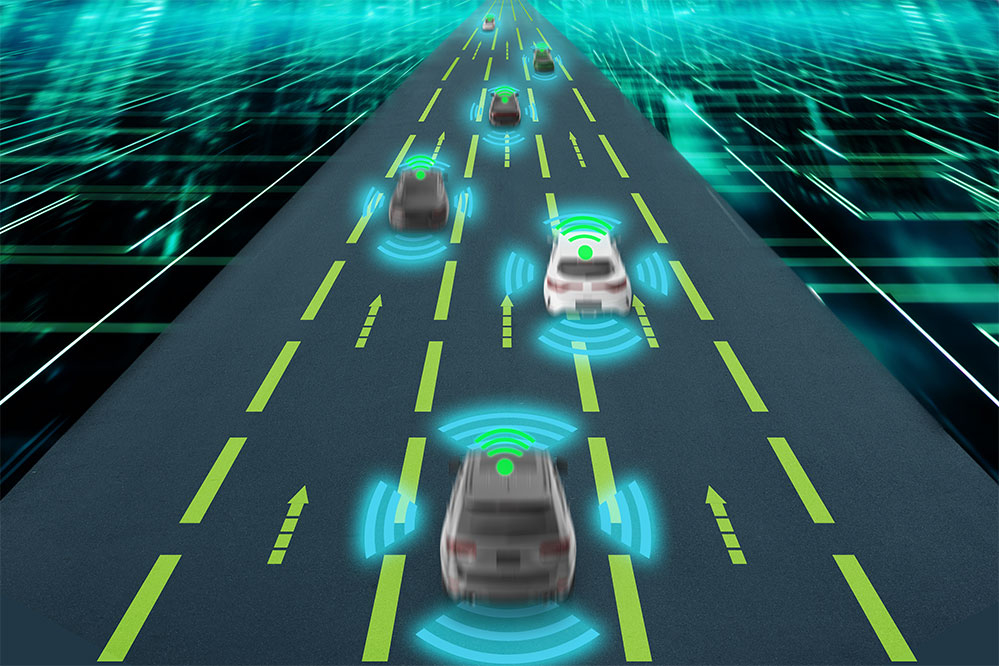Summary:
As urban traffic congestion increases, eco-driving systems for autonomous vehicles emerge as a potential solution to mitigate emissions and enhance efficiency. This article delves into the innovative research led by MIT’s Cathy Wu, exploring the new benchmark system "IntersectionZoo" and its role in improving deep reinforcement learning algorithms for traffic optimization.
The Role of Eco-Driving in Urban Traffic Management

In major cities, traffic congestion is a familiar scene characterized by constant stopping and starting at traffic lights. This inefficiency contributes significantly to greenhouse gas emissions associated with driving. To counter this, eco-driving systems can be integrated into autonomous vehicles, enhancing their operational efficiency.
The Importance of Eco-Driving Technology
How significant is the impact of eco-driving on emissions? Addressing this question involves complex optimization problems that account for various factors, such as vehicle types and environmental conditions. Cathy Wu, a prominent researcher at MIT, emphasizes the need to explore how automated vehicles can effectively reduce emissions.
Data-Driven Solutions for Optimization Problems
To evaluate the effectiveness of eco-driving systems, extensive data gathering is essential. Key elements include:
- A comprehensive map of urban intersections
- Data from the U.S. Geological Survey on road elevations
- Meteorological data affecting fuel consumption
- An analysis of vehicle types and fuel sources
These factors combined create a framework for assessing eco-driving’s potential impact.
How Eco-Driving Works
Eco-driving leverages small adjustments in driving behavior to minimize fuel consumption. For instance, slowing down as a vehicle approaches a red light helps conserve energy. This behavior not only benefits the individual vehicle but also influences surrounding vehicles, promoting a broader shift towards more efficient driving patterns.
The IntersectionZoo Benchmark System
Developed by Wu and her team, the IntersectionZoo benchmark aims to address the challenges inherent in optimizing eco-driving strategies. Presented at the 2025 International Conference on Learning Representation, this system is crucial for advancing deep reinforcement learning (DRL) methods in traffic management.
Challenges in Multi-Agent Optimization
Wu highlights that the lack of standard benchmarks has previously impeded advancements in DRL algorithms. Existing models often fail to adapt to modifications in traffic scenarios, which is critical for ensuring the robustness of proposed solutions.
By presenting over 1 million unique traffic scenarios, IntersectionZoo offers a valuable resource for evaluating how well DRL algorithms can generalize across different situations. This benchmark not only enriches the evaluation process but also lays the groundwork for tackling real-world urban traffic challenges effectively.
Future Implications for Urban Emissions
This innovative approach to benchmarking will eventually inform strategies for implementing eco-driving technologies in cities, allowing researchers to predict the reduction in emissions based on varying levels of automated vehicle adoption. Wu emphasizes that while immediate deployment at a city scale isn’t the primary goal, the tools developed will support vital advancements in DRL algorithms applicable to numerous fields, including robotics and security.
Open Access for Research and Development
The IntersectionZoo tool, along with comprehensive documentation, is available on GitHub, underscoring Wu’s commitment to providing resources for the research community.
Conclusion
As cities grapple with increasing traffic congestion and emissions, eco-driving offers a practical solution through innovative technology. Projects like IntersectionZoo help pave the way for broader applications of AI in transportation and other fields.
FAQs
What is eco-driving?
Eco-driving refers to driving practices designed to enhance fuel efficiency and reduce emissions, often implemented in autonomous vehicles.
How does IntersectionZoo improve deep reinforcement learning?
IntersectionZoo serves as a benchmark that allows researchers to test DRL algorithms across diverse traffic scenarios, promoting generalizability and robustness.
Where can I find IntersectionZoo and its documentation?
You can access IntersectionZoo and its related documentation on GitHub.


